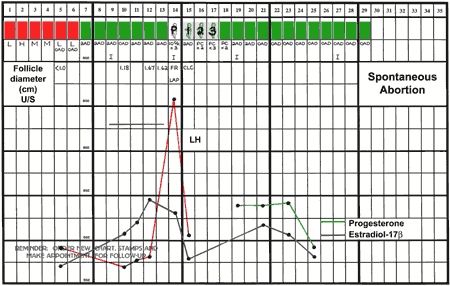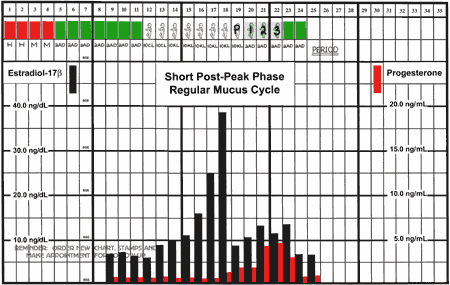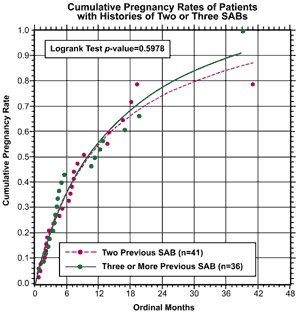Spontaneous abortion is defined as the spontaneous loss of pregnancy prior to the 20th gestational week of pregnancy. Pregnancy losses which occur during this period of time are said to occur in about 15 percent of pregnancies. At the same time, the risk of miscarriage increases proportionately to the number of previous miscarriages experienced. Unfortunately, a definite cause has been difficult to determine. Over the years, miscarriages have been observed as a somewhat “normal” finding. Often it has been thought to be “nature’s way” of ending a pregnancy which was doomed to fail in any regard. However, there has developed a somewhat more aggressive approach over the last 5 to 10 years towards evaluation and management of women with spontaneous abortion. It is now well recognized that a definition of recurrent pregnancy loss includes two or more consecutive spontaneous miscarriages and that this warrants a full evaluation. Furthermore, it is becoming more and more recognized that there appears to be an association between infertility and spontaneous abortion.
A variety of factors underlie the occurrence of miscarriage. These include genetic, endocrinologic (hormonal), anatomic, immunologic and microbiologic variations. We are slowly coming to recognize that no miscarriage can be considered normal. All miscarriages are the result of a pathophysiologic reproductive event. It is the current challenge of medicine to find those underlying causes and, in some cases, underlying causes that are common occurrences are often overlooked.
In Figure 57-2, a Creighton Model chart in a woman who achieved a pregnancy and subsequently miscarried is shown. In this chart, various aspects of evaluation have been completed including hormonal and ultrasound studies. This woman clearly exhibits a “limited mucus cycle” as a biological marker of her Creighton Model cycle. Hormonally, she has a markedly decreased preovulatory estrogen profile and a markedly decreased postovulatory progesterone and estrogen profile. The follicle that was being monitored by ultrasound is also very small and is consistent with a condition known as the “Immature Follicle Syndrome.” Conception occurred in this cycle and ended in miscarriage. It has now been shown that those women who conceive and subsequently miscarry often have these limited mucus cycles.

It has also been shown that women who have short post-Peak phases are also at risk for miscarriage. In Figure 57-3, a hormonal profile taken in a woman with a short post-Peak phase is shown. In this cycle, where the post-Peak phase is only five days in duration, the post-Peak or luteal phase is inadequate to support a pregnancy. Thus, if pregnancy occurs, the woman will miscarry. This condition is easily identified in a woman charting her cycles and, it can be easily treated, thus preventing miscarriage altogether.

In women with repetitive miscarriage, 85 percent will have endometriosis. This often goes unidentified because a diagnostic laparoscopy is not performed. However, such laparoscopies have been performed at the Saint Paul VI Institute in a large number of consecutive patients showing the presence of endometriosis and with subsequent treatment successful outcomes.
In addition, underlying hormonal abnormalities, ovulation defects and mucus cycle abnormalities can also be observed in patients with multiple miscarriages. The cumulative pregnancy rate of patients with a history of two or more spontaneous abortions in a NaProTECHNOLOGY-driven program is shown in Figure 57-22.

